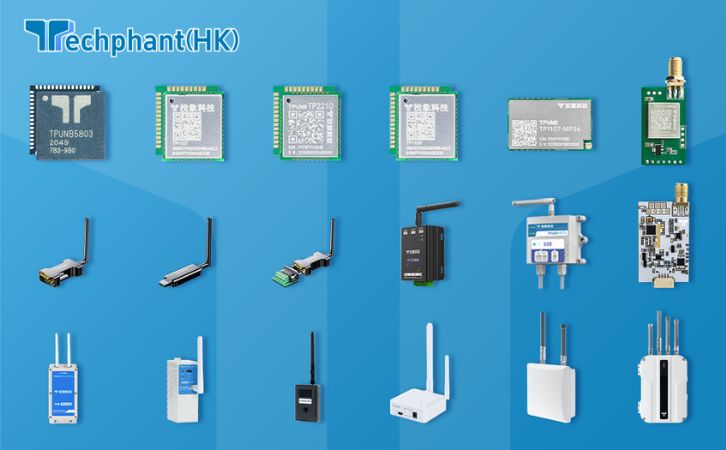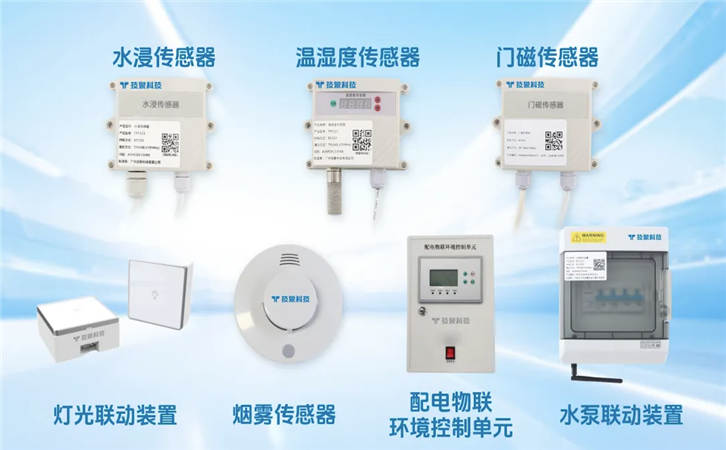I. Introduction to Smart Substations
Smart substations are the cornerstone of modern power distribution, marking a significant evolution from the traditional substations that have long served as the backbone of electrical grids. These advanced systems integrate cutting-edge digital technologies, such as real-time monitoring, automation, and data analytics, to manage electricity flow with unprecedented precision and adaptability. Unlike their analog predecessors, which required manual intervention and were limited in their ability to respond to dynamic grid conditions, smart substations operate as intelligent nodes within the broader smart grid ecosystem. They ensure reliable power delivery to homes, industries, and critical infrastructure while addressing the challenges of a rapidly changing energy landscape. The rise of urbanization, coupled with the global push for sustainable energy, has made resilience and efficiency paramount. Smart substations meet these demands by enabling faster response times, reducing energy losses, and facilitating the integration of renewable energy sources like solar and wind.
This transformation is driven by the need to modernize aging grid infrastructure and accommodate the increasing complexity of power networks. Traditional substations, often decades old, struggle to handle the variability of renewable energy or the growing demand for electricity in densely populated areas. Smart substations, by contrast, leverage interconnected systems and advanced communication protocols to provide a robust, future-ready solution. They are not just a technological upgrade but a paradigm shift, positioning utilities to deliver cleaner, more reliable energy while minimizing environmental impact. As the world transitions toward decarbonization and energy independence, smart substations are emerging as critical enablers of a sustainable and resilient power future.
II. Technological Advancements Driving Smart Substations
The capabilities of smart substations are rooted in a suite of innovative technologies that work in tandem to create intelligent, responsive systems. At the heart of these substations are Intelligent Electronic Devices (IEDs), which serve as the brains of the operation. IEDs collect real-time data from sensors monitoring voltage, current, and other grid parameters, enabling precise control of equipment like transformers and circuit breakers. These devices communicate seamlessly through standardized protocols such as IEC 61850, which ensures interoperability among diverse systems and facilitates rapid data exchange across the substation and with external control centers. This standardized approach reduces integration challenges and enhances the scalability of smart grid deployments.
Beyond IEDs, the Internet of Things (IoT) is revolutionizing substation operations by connecting devices into a cohesive network. IoT-enabled sensors provide continuous updates on equipment health and environmental conditions, allowing operators to monitor substations remotely and make informed decisions without on-site inspections. Artificial Intelligence (AI) and machine learning further amplify these capabilities by analyzing vast datasets to predict potential failures, optimize load distribution, and improve energy efficiency. For instance, AI can detect patterns in equipment performance, flagging issues before they escalate into costly outages. Additionally, digital twin technology creates virtual replicas of substations, enabling operators to simulate scenarios, test upgrades, and optimize performance without risking real-world disruptions. The integration of automation systems ensures that substations can respond instantaneously to faults or demand fluctuations, rerouting power or adjusting settings in milliseconds. Emerging technologies like 5G connectivity and edge computing are also poised to enhance data processing speeds and reduce latency, making smart substations even more responsive and reliable.
III. Benefits for Power Network Resilience and Efficiency
Smart substations deliver transformative benefits that enhance both the resilience and efficiency of power networks, addressing critical challenges in today’s energy systems. One of their most significant contributions is their ability to improve grid resilience through advanced fault detection and self-healing capabilities. By continuously monitoring grid conditions, smart substations can identify anomalies—such as voltage spikes or equipment malfunctions—and isolate faults before they trigger widespread outages. For example, during a storm, a smart substation can reroute power to unaffected lines, minimizing disruptions and preventing cascading failures. This rapid response is vital in an era of increasingly frequent extreme weather events, ensuring that critical services like hospitals and emergency response systems remain powered.
In terms of efficiency, smart substations optimize energy distribution by dynamically balancing loads and reducing transmission losses, which can account for significant energy waste in traditional systems. They use predictive analytics to anticipate demand patterns, enabling utilities to allocate resources more effectively and avoid overloading equipment. Predictive maintenance is another key advantage, as data-driven insights allow operators to schedule repairs based on actual equipment conditions rather than fixed intervals, reducing downtime and extending asset lifespans. Furthermore, smart substations play a pivotal role in integrating renewable energy sources into the grid. The intermittent nature of solar and wind power poses challenges for grid stability, but smart substations can manage these fluctuations by adjusting power flows in real time. This capability supports the global transition to cleaner energy while maintaining reliability. By lowering operational costs, enhancing service reliability, and enabling sustainable energy integration, smart substations deliver tangible benefits to utilities, consumers, and the environment alike.
IV. Challenges and Future Outlook
While smart substations offer immense potential, their adoption is not without challenges that must be carefully navigated. Cybersecurity is a top concern, as the increased connectivity of smart substations makes them attractive targets for cyberattacks. A breach could disrupt power supply, compromise sensitive data, or even cause widespread outages. To mitigate these risks, utilities must implement robust security measures, including end-to-end encryption, intrusion detection systems, and regular vulnerability assessments. Employee training and adherence to international cybersecurity standards are equally critical to safeguarding these critical infrastructures. Another significant hurdle is the high initial cost of deploying smart substations. Upgrading legacy systems, installing advanced equipment, and training personnel require substantial investment, which can strain budgets, particularly for utilities in developing regions or those with limited resources.
Despite these challenges, the future of smart substations is promising, fueled by rapid technological advancements and growing global demand for sustainable energy. Innovations like edge computing are expected to enhance data processing capabilities, enabling faster decision-making at the substation level. Modular designs and cost-effective materials could lower deployment costs, making smart substations more accessible to a wider range of utilities. Additionally, blockchain technology is being explored to secure data exchanges and improve transparency in grid operations. Governments and regulatory bodies are also playing a role by offering incentives and setting standards to accelerate smart grid adoption. Looking ahead, smart substations are poised to become the standard for power distribution, enabling grids that are not only resilient and efficient but also capable of supporting a decarbonized energy future. As these technologies mature and scale, they will pave the way for a global energy network that is smarter, greener, and more reliable than ever before.
V. Conclusion
Smart substations are revolutionizing the way power networks operate, ushering in an era of unparalleled resilience, efficiency, and sustainability. By harnessing advanced technologies like IoT, AI, and digital twins, these intelligent systems are transforming substations from static infrastructure into dynamic, adaptive nodes within the smart grid. Their ability to detect faults, optimize energy flows, and integrate renewable energy sources addresses the pressing challenges of modern energy systems, from climate change to urbanization. While obstacles such as cybersecurity risks and high costs remain, ongoing innovations and supportive policies are paving the way for broader adoption. As smart substations become the foundation of future power networks, they hold the promise of delivering reliable, cost-effective, and environmentally friendly energy to communities worldwide. Embracing this technology is not just a step toward modernizing the grid—it is a commitment to building a sustainable energy future for generations to come.


